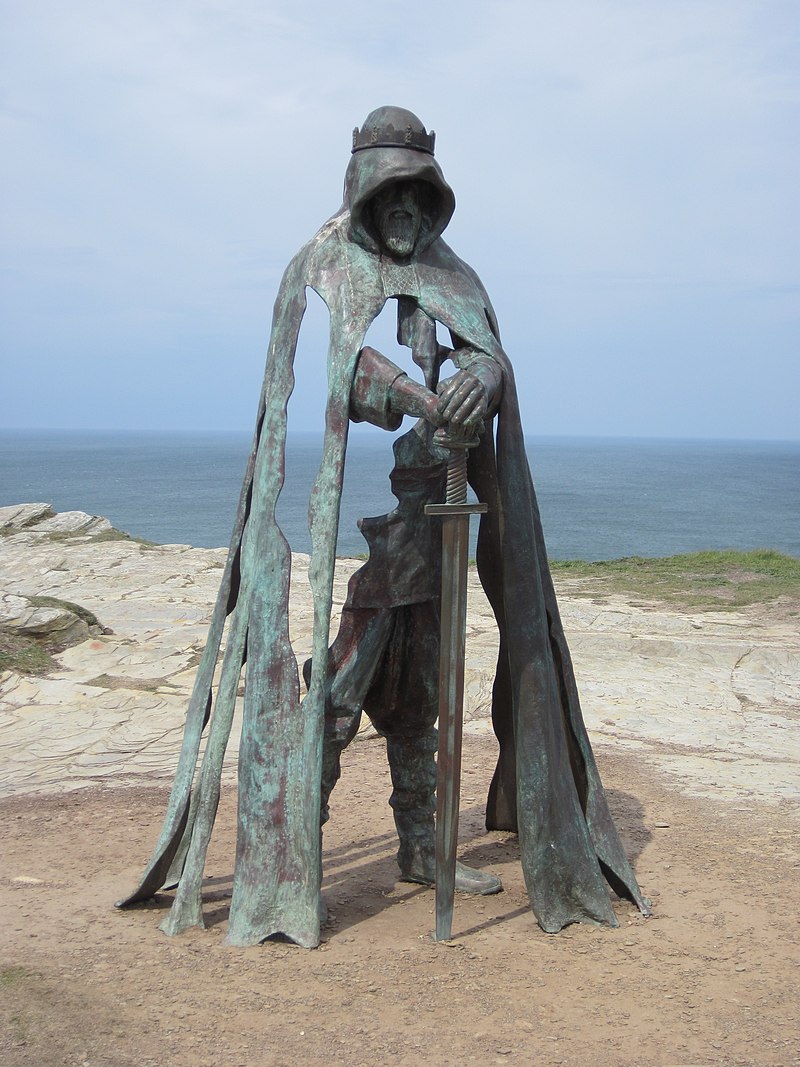Those of you who’ve been following me for a while know to expect a visual guide to the places in each of the Wings over Albion series. With Dragon’s Folly coming out on October 9th, it’s time for me to share some pictures of Avebury and Winchester, which both feature heavily in the book. As always, photo attributions are at the end of the post.
The beginning of the book features the Avebury Ring, a late New Stone Age stone henge in the Wiltshire countryside, constructed sometime in the third millenium BCE. The stones are massive, standing between twelve and eighteen feet high and weighing up to 50 tons, and the entire site covers 28 acres. The stones aren’t fenced off, so it’s possible to wander around them, taking in the atmosphere while wondering who built the monument (spoiler: it was probably dragons).
Avebury Stone Circle
No one knows the purpose of Avebury henge for sure, but there are repeated claims that it once formed the shape of a serpent, which is very useful when it comes to my dragon-shifter books!
Aerial view of Avebury
Silbury Hill lies fairly close to Avebury—close enough for Ollie almost to destroy the largest prehistoric mound in Europe by managing to fly into it. It’s 130 feet high and is estimated to have taken about four million hours to build, equivalent to a hundred people working for more than ten hours a day, every day, for ten years.
Silbury Hill in the landscape
Again, no one knows why it was built. It has been excavated a few times, but no burial chamber has ever been found. Whatever its purpose, there’s something very atmospheric about the way it looms over the surrounding landscape.
Once the dragon Moot disbands, Ollie is sent off to stay with Archer at his home just outside Winchester. Although Ollie doesn’t spend long in the city, he does a little sightseeing, including visiting the Great Hall, the only part of the medieval Winchester Castle that remains standing.
The Great Hall of Winchester Castle, complete with fake Round Table
On the wall of the Great Hall hangs a round table, thought to have been made in around 1290 for a tournament to celebrate the betrothal of one of Edward I’s daughters (I don’t know which one). Sometime during the sixteenth century, King Henry VIII had it painted with the Tudor Rose and a portrait that’s thought to represent Henry as Arthur. At the same time, names of legendary Knights of the Round Table were added at each place setting. The table is 18 feet high and weighs 2,645 pounds.
Sadly, Ollie never gets to the military museums in Winchester, so I have no excuse to share pictures of uniforms, even though I do love a good 19th century uniform!
Dragon’s Folly will be out on October 9th and is available for pre-order.
Photo attributions:
Avebury Stone Circle by Rxfelix. This file is licensed under the Creative Commons Attribution 3.0 Unported license.
Avebury Aerial by Detmar Owen This file is licensed under the Creative Commons Attribution-Share Alike 4.0 International license.
Silbury Hill in the landscape: Stevekeiretsu Creative Commons Attribution-Share Alike 4.0
Interior of the Great Hall, Winchester Castle by Christophe Finot. This file is licensed under the Creative Commons Attribution-Share Alike 2.5 Generic license












